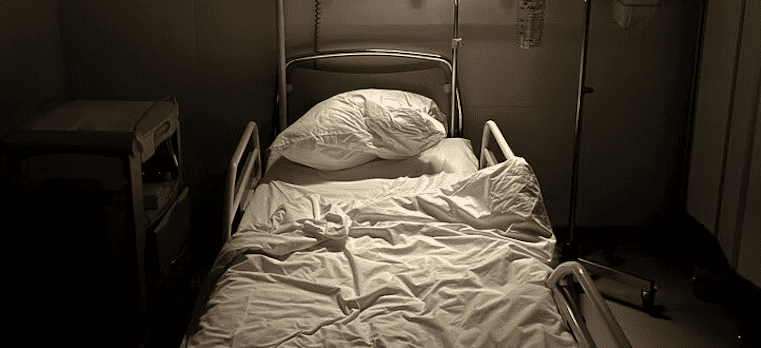Eye-Opening Lessons on Trusting Nursing Facilities: Advocating for Comfort in End-of-Life Care
Published on August 28, 2023
Updated on January 15, 2025
Published on August 28, 2023
Updated on January 15, 2025

Table of Contents
As an experienced hospice visiting registered nurse, today offered me profound insights from two interconnected perspectives. The first highlights the blind trust we often place in facility nurses and doctors when caring for our loved ones. The second involves the challenges I encountered while advocating for proper end-of-life care for a patient with Alzheimer’s.
On Tuesday, August 22nd, I initiated our end-of-life protocol for a patient with Alzheimer’s, estimating less than two weeks left. This patient resided in a local facility. I consulted with the charge nurse, secured family consent, and composed a recommendation to enhance the patient’s comfort using liquid morphine and lorazepam, both in dosage and frequency. On Wednesday, August 23rd, we received an email confirming the provider’s approval of the recommendation via signed orders in PDF format. However, upon my visit, Nurse Melody mentioned not receiving the faxed orders, prompting me to resend them and confirm the correct number.
Despite my efforts, Thursday, August 24th, brought new hurdles. Nurse Stacey lacked any communication with Melody or others and struggled with redirection. This situation was further complicated by the outdated orders versus the urgently needed new ones for the dying patient. The provider who initially signed the orders claimed not to receive the fax and refused to issue a verbal order despite the patient’s evident discomfort and the acknowledgment of the signed order. An argument emerged over whether the recommendations should have been faxed to the facility, even though multiple confirmations were received.
Returning to the patient’s room with Nurse Stacey, I was shocked by her callous response to the unconscious patient’s condition. Despite the patient’s heart rate of 118 beats per minute and 32 respirations per minute (Cheyne-Stokes pattern), Nurse Stacey argued against the patient’s active dying status and dismissed concerns about morphine dosage and frequency. What struck me most was her statement, “he’s always uncomfortable with care,” indicating both apathy toward patient suffering and a failure to communicate discomfort to hospice.
The next day, one of our hospice nurses visited the patient, only to discover the patient had passed away in their room, with the facility staff being unaware of the situation. The lingering query is: How much time has elapsed since the patient’s passing? The concern arises due to the perceived neglect by the facility staff in delivering adequate care.
This experience underscores the crucial lesson that nursing facilities might not always offer the best care for terminally ill loved ones. While this narrative is a distressing example, countless others exist. If circumstances permit, providing care for your terminally ill loved one at home could offer a more compassionate and attentive solution.
Advocating for Your Terminally Ill Loved One in a Facility
Palliative Care Advocacy: Why Does It Matter?
Articles on Advance Directives
CaringInfo – Caregiver support and much more!
The Hospice Care Plan (guide) and The Hospice Care Plan (video series)
Surviving Caregiving with Dignity, Love, and Kindness
Caregivers.com | Simplifying the Search for In-Home Care
Geri-Gadgets – Washable, sensory tools that calm, focus, and connect—at any age, in any setting
Healing Through Grief and Loss: A Christian Journey of Integration and Recovery
📚 This site uses Amazon Associate links, which means I earn a small commission when you purchase books or products through these links—at no extra cost to you. These earnings help me keep this website running and free from advertisements, so I can continue providing helpful articles and resources at no charge.
💝 If you don’t see anything you need today but still want to support this work, you can buy me a cup of coffee or tea. Every bit of support helps me continue writing and sharing resources for families during difficult times. 💙
VSED Support: What Friends and Family Need to Know
Take Back Your Life: A Caregiver’s Guide to Finding Freedom in the Midst of Overwhelm
The Conscious Caregiver: A Mindful Approach to Caring for Your Loved One Without Losing Yourself
Everything Happens for a Reason: And Other Lies I’ve Loved
Final Gifts: Understanding the Special Awareness, Needs, and Communications of the Dying